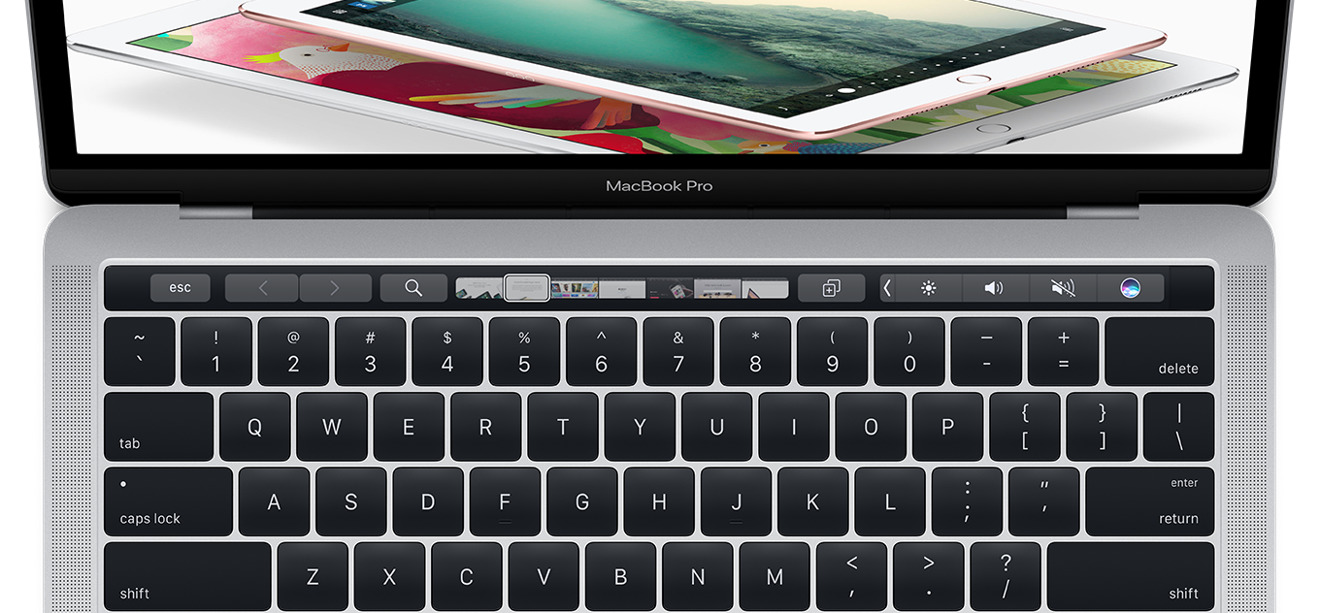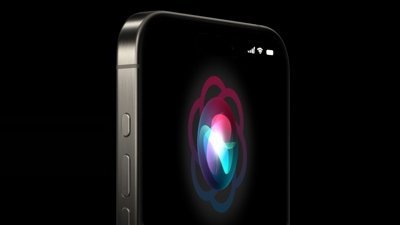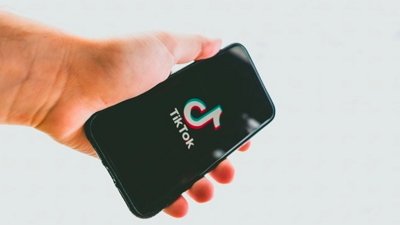Purpose of Apple's 'Control Strip' trademark filing detailed in Touch Bar developer guidelines
A trademark application for the term "Control Strip" fueled speculation that it might be the name Apple would use to refer to what is now officially known as the Touch Bar on its new MacBook Pros. But Apple's developer guidelines reveal that the Control Strip is the official name for an essential portion of the Touch Bar.
Documentation now available to developers explains the layout of the new Touch Bar, and also what its individual components are named. In all, there are three regions on the Touch Bar: A system button, an app region, and the Control Strip.
Of the three components, only the Control Strip is presented as a proper noun by Apple, reflecting the trademark application the company covertly applied for earlier this year. The filings also included the eventual Touch Bar name, as well as an unused alternative dubbed the "Magic Toolbar."
The Control Strip is located to the far right of the Touch Bar, and plays an important role in the dynamic OLED display's function. Essentially, the Control Strip is the digital replacement for the function row of keys found in previous Macs.
By default, the Control Strip displays system tasks including adjusting brightness and changing volume level. It also includes a dedicated Siri button, taking advantage of its introduction to the Mac with macOS Sierra.
The Control Strip is also user-customizable, allowing MacBook Pro owners to remove items or even to hide the Control Strip completely.
The Control Strip is an essential part of the Touch Bar, providing users with commonly accessed system commands, and also allowing them to customize it to their liking, in both size and layout.
The leftmost button on the virtual Control Strip is an arrow that will expand the system commands. Doing so hides the app region to provide users with a greater selection of functions on demand.
In normal use, the app region of the Touch Bar, to the left of the Control Strip, is where developers can implement app-specific controls. Like with the Control Strip, developers can allow users to add and remove items in the app region to their liking, making it completely customizable.
The system button is also context sensitive as well, Apple notes. By default it features a virtual Escape key, but Apple notes that other system-provided buttons may appear on the far-left side of the Touch Bar depending on context.
Announced at an event in Cupertino last month, the new MacBook Pro with Touch Bar is now available for preorder, with some of the first orders placed preparing for shipment. For more, see AppleInsider's hands-on impressions with the 2016 MacBook Pro redesign.
To grab the lowest prices on Apple's new MacBook Pro with Touch Bar, see AppleInsider's Mac Price Guide.
 Neil Hughes
Neil Hughes












 Mike Wuerthele
Mike Wuerthele
 Malcolm Owen
Malcolm Owen
 Chip Loder
Chip Loder

 William Gallagher
William Gallagher
 Christine McKee
Christine McKee
 Michael Stroup
Michael Stroup
 William Gallagher and Mike Wuerthele
William Gallagher and Mike Wuerthele






